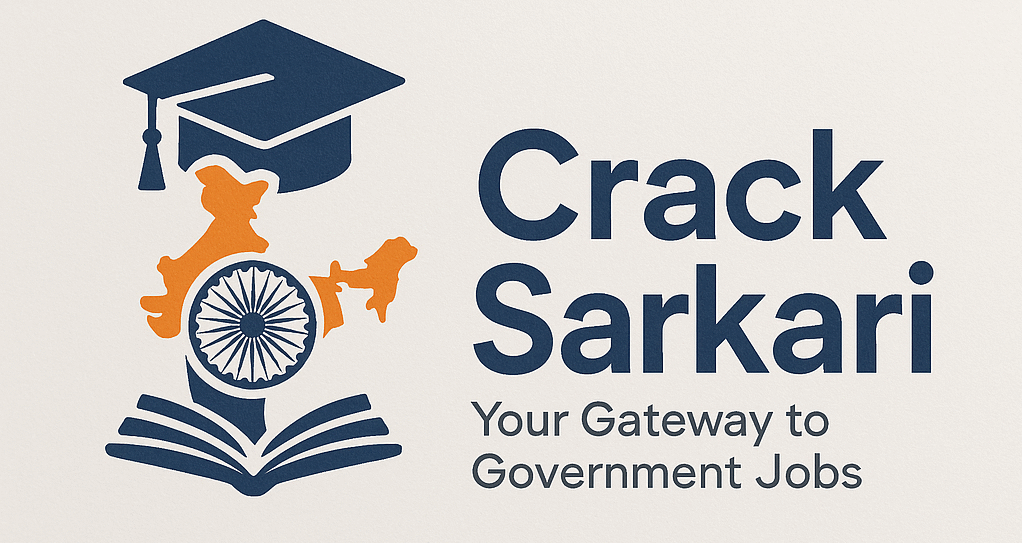The story of India from the mid-18th century to the present is a gripping narrative of struggle, resistance, and resurgence. This period forms the backbone of Modern Indian History, an essential subject for UPSC aspirants. From the fall of the Mughal Empire and the rise of British imperialism to India’s freedom struggle and post-independence development, every phase shaped the destiny of the nation.
Let’s embark on this historic journey that not only changed India but also inspired the world.
🔻 Decline of the Mughals and the Rise of Regional Powers
By the early 1700s, the Mughal Empire was crumbling. After Aurangzeb’s death in 1707, a series of weak successors and internal strife fragmented the empire. Into this power vacuum stepped regional forces like the Marathas, Sikhs, Nawabs, and the Nizam of Hyderabad.
Amidst this chaos, the British East India Company began expanding influence. The Battle of Plassey (1757) and Battle of Buxar (1764) paved the way for British supremacy in India.
📈 British Consolidation and Colonial Expansion (1765–1857)
After acquiring the Diwani rights of Bengal, Bihar, and Orissa, the British East India Company started administering India like a corporate empire.
Key highlights:
- Lord Wellesley’s Subsidiary Alliance
- Dalhousie’s Doctrine of Lapse
- Permanent Settlement of Bengal (1793)—exploiting farmers and zamindars
- Administrative Acts: Regulating Act of 1773, Pitt’s India Act (1784)
As the British grew stronger, Indian society faced economic drain, heavy taxation, and disrespect to cultural values.
🔥 1857 Revolt: The First Blow to British Authority
The Revolt of 1857, often called the First War of Independence, began with a mutiny in Meerut and spread rapidly. Leaders like:
- Rani Lakshmibai
- Tantia Tope
- Bahadur Shah Zafar
…led fierce resistance. Though ultimately unsuccessful, it shook the British and ended the East India Company’s rule. The Government of India Act, 1858 brought India directly under the British Crown.
📉 Colonial Rule & Socio-Economic Disruption (1858–1905)
Post-1858, the British deepened their grip through:
- Indian Civil Services
- Indian Councils Acts (1861, 1892)
- Spread of railways, telegraphs, and English education
The Indian economy suffered under exploitative policies. Famines were frequent. Social movements rose in response:
- Brahmo Samaj – Raja Ram Mohan Roy
- Arya Samaj – Swami Dayanand Saraswati
- Satyashodhak Samaj – Jyotiba Phule
These reformers battled casteism, sati, child marriage, and pushed for education and equality.
✊ Rise of Nationalism and Indian National Congress
Political awakening surged as Indians realized the exploitative nature of colonialism. In 1885, the Indian National Congress (INC) was born.
Congress Phases:
- Moderates (1885–1905) – Naoroji, Gokhale: Advocated reform through dialogue
- Extremists (1905–1919) – Tilak, Lala Lajpat Rai, Bipin Chandra Pal: Demanded Swaraj
The Partition of Bengal (1905) triggered the Swadeshi and Boycott Movements, igniting national consciousness.
🕊️ Gandhian Era and Mass Civil Movements (1919–1947)
Mahatma Gandhi introduced non-violence (Ahimsa) and Satyagraha as tools for freedom.
Key Movements:
- Non-Cooperation Movement (1920–22)
- Civil Disobedience Movement (1930)
- Quit India Movement (1942)
Historic events:
- Jallianwala Bagh Massacre
- Simon Commission & Round Table Conferences
- Government of India Act, 1935
Revolutionaries like Bhagat Singh, Azad, and Subhash Chandra Bose also contributed greatly through armed struggle and the INA.
🇮🇳 1947: Independence and the Tragedy of Partition
India became free on 15th August 1947, but independence came with Partition, resulting in massive violence and displacement.
Key figures during transition:
- Jawaharlal Nehru – First Prime Minister
- Sardar Patel – Integration of princely states
- Dr. B.R. Ambedkar – Architect of the Constitution
On 26 January 1950, India became a Sovereign, Socialist, Secular, Democratic Republic.
🏛️ India After Independence: Growth, Struggles, and Reforms (1950–Present)
Politics:
- Congress era under Nehru, Indira, and Rajiv Gandhi
- Emergency (1975–77) – darkest hour of Indian democracy
- Rise of regional parties and later BJP dominance (2014–2024)
Economy:
- Green Revolution in the 1960s
- 1991 Economic Reforms – Liberalization, Privatization, Globalization
- Digital and infrastructure growth in the 21st century
Society:
- Increase in literacy, women empowerment, healthcare access
- Key laws: RTI Act, RTE Act, Triple Talaq Abolition, GST Implementation
Global Position:
- India is now a nuclear power, major IT hub, and a voice in global diplomacy.
🧠 Conclusion
From colonial oppression to digital empowerment, India’s journey from 1757 to the present reflects a tale of resilience and progress. For UPSC aspirants, understanding this era is not just about memorizing events—it’s about appreciating how India overcame centuries of exploitation to become a modern democratic powerhouse.
1. What is considered the beginning of Modern Indian History in UPSC?
The mid-18th century, particularly the Battle of Plassey in 1757, marks the start of modern Indian history.
3. What were the major impacts of British economic policies in India?
British policies led to deindustrialization, frequent famines, and exploitation of India’s natural and human resources.
4. How did Gandhiji’s movements differ from earlier revolts?
Gandhiji emphasized mass participation, non-violence, and civil disobedience, turning the freedom struggle into a people’s movement.
5. What are the key topics to focus on in Post-Independence India for UPSC?
Focus on political developments, economic reforms, foreign policy, social changes, and constitutional developments post-1950.
